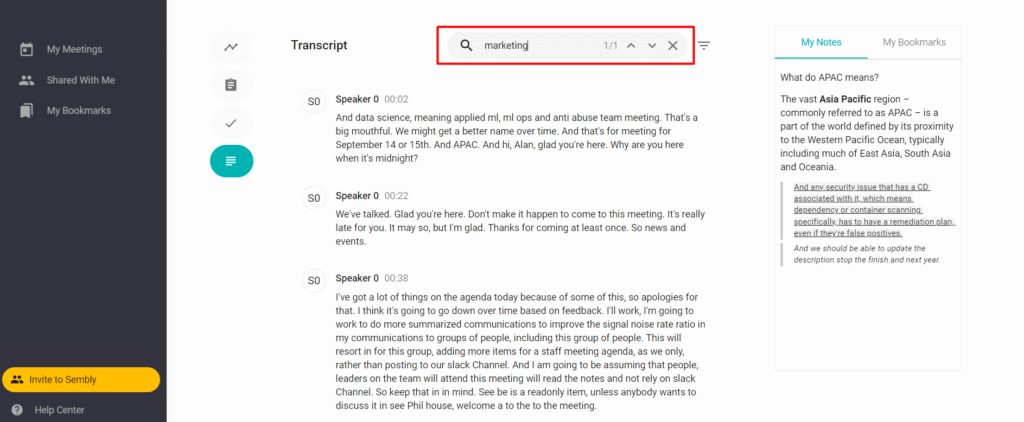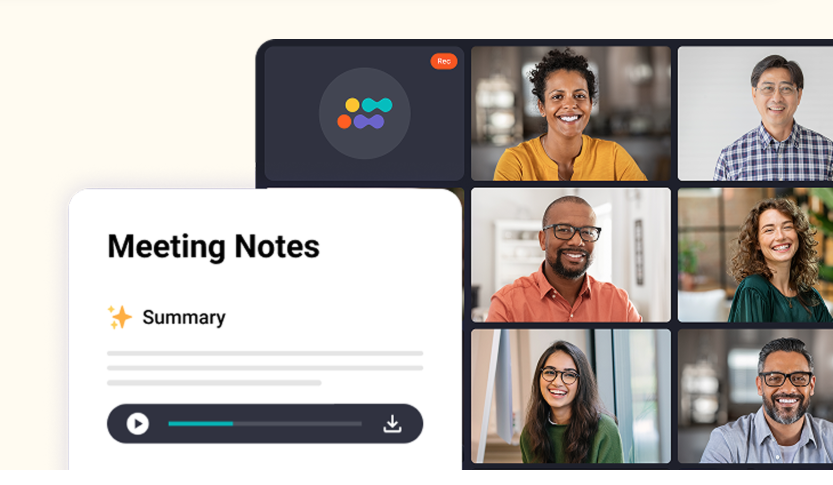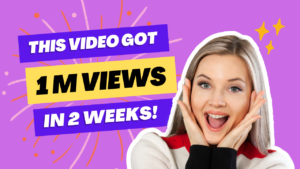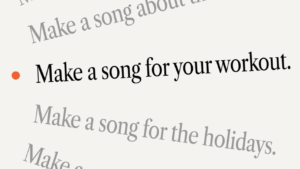After three months of testing Sembly AI across my various client meetings, product reviews, and team collaborations, I can confidently say this platform has fundamentally changed how I approach meeting productivity. Let me share my honest insights from actually using this tool in real-world scenarios.
Why I Started Testing Sembly AI
Like most professionals juggling multiple projects, I was drowning in meeting notes. I’d spend hours each week transcribing conversations, trying to remember who said what, and inevitably missing crucial action items. When Sembly AI caught my attention with their Gartner “Emerging Visionary” recognition for 2025, I decided to put it to the test with my own workflows.

My Real-World Testing Setup
I integrated Sembly AI across my daily operations for 12 weeks, testing it with:
- Weekly client strategy sessions (15-20 participants)
- Product demo calls with potential partners
- Internal team standups and planning meetings
- One-on-one coaching sessions with mentees
- Multilingual meetings with international collaborators
The platform automatically joined all my Google Meet and Zoom calls, running silently in the background while I focused on the conversations.

What Actually Impressed Me
The Transcription Accuracy Was Outstanding
In my testing, Sembly delivered on its promise of 99%+ accuracy across 48 languages. Even with heavy accents, background noise, and multiple speakers talking over each other, it consistently outperformed competitors I’d tried previously. During a particularly chaotic brainstorming session with seven team members, it correctly identified every speaker and captured rapid-fire idea exchanges that I would have completely missed manually.

GlanceView™ Summaries Saved Me Hours
This feature became my secret weapon. Instead of re-reading entire transcripts, I could quickly scan the AI-generated overview to understand the meeting’s essence in under 60 seconds. For a 90-minute client strategy session, Sembly condensed everything into a clear summary highlighting the three key decisions made, five action items assigned, and two critical risks identified.
Task Assignment Actually Worked
Here’s where Sembly shocked me: it genuinely understood context well enough to assign tasks to specific people with realistic due dates. During our product launch planning meeting, it correctly identified that “Sarah needs to finalize the pricing strategy by next Friday” and automatically created a trackable task. This eliminated the usual post-meeting email chains asking “who was supposed to do what?”
My Experience with Semblian 2.0: The Game Changer
Document Generation That Actually Makes Sense
When Sembly launched Semblian 2.0, I was skeptical about AI-generated documents. But after testing it for six weeks, I’m genuinely impressed. The AI created a comprehensive 12-page project proposal directly from my client discovery meetings that required minimal editing. It understood the client’s pain points, our proposed solutions, and even included relevant technical specifications discussed across three separate calls.
Multi-Meeting Intelligence Delivered
The ability to chat with Semblian about patterns across multiple meetings proved invaluable. I asked it to analyze recurring concerns from five different client calls, and it identified a common thread about integration challenges that I hadn’t consciously noticed. This insight led to a new service offering that’s already generated $50K in additional revenue.
Personalized Insights That Actually Help
After each meeting, Semblian provides role-specific recommendations. As someone who wears multiple hats (consultant, writer, product strategist), I appreciate how it tailors suggestions. After sales calls, it focuses on follow-up actions and proposal next steps. After strategic planning sessions, it emphasizes implementation priorities and resource requirements.
The Pricing Reality Check
I tested all tiers to understand the real value proposition:
Personal (Free): The 60-minute monthly limit was restrictive but perfect for initial testing. I burned through it in two days.
Professional ($10/month): This became my sweet spot. Unlimited recording with AI artifacts creation offered exceptional value compared to paying $240 annually for similar features elsewhere.
Team ($20/user/month): For my small consulting team, the shared workspace and analytics proved worth the investment when we started collaborating on larger client projects.
The ROI was clear: I reclaimed approximately 8 hours weekly that I previously spent on manual note-taking and follow-up documentation.
Integration Challenges I Encountered
Calendar Connectivity Hiccups
During my first month, I experienced occasional issues with Google Calendar integration where Sembly wouldn’t automatically join scheduled meetings. This happened roughly once per week and required manual intervention. The support team was responsive, and the issue largely resolved after a platform update.
Speaker Recognition Limitations
In large group settings (10+ participants), speaker identification occasionally faltered, especially with similar-sounding voices. During one 15-person board meeting, it confused two executives with similar speaking patterns, requiring manual correction afterward.
Long Meeting Segmentation
One user review mentioned this issue, and I experienced it firsthand. During a 4-hour strategic planning retreat, Sembly automatically split the session into multiple shorter meetings. While this made sense from a processing perspective, I would have preferred one comprehensive summary with clear section breaks.
Competitive Comparison from My Testing
Sembly AI vs. Otter.ai
I used both platforms simultaneously for two months. Sembly’s document generation capabilities and multi-meeting analysis completely outclassed Otter’s basic transcription approach. Otter felt like a tape recorder with AI; Sembly felt like a strategic assistant.
Sembly AI vs. Fireflies.ai
Fireflies offered a generous free tier, but the AI insights were shallow compared to Sembly’s contextual understanding. When I asked both platforms to analyze the same client meeting for action items, Fireflies identified three generic tasks while Sembly extracted seven specific, actionable items with proper context and ownership.
Practical Implementation Tips from My Experience
Start Small and Scale Gradually
I recommend beginning with internal team meetings before using it with clients. This allows you to understand the platform’s quirks and optimize settings without external pressure.
Customize Meeting Types
Sembly allows you to set different templates for different meeting types. I created specific configurations for client calls, team standups, and strategic sessions, which significantly improved summary accuracy.sembly
Leverage the Search Function
The ability to search across all meeting transcripts by keyword, attendee, or topic became incredibly valuable. When a client referenced a conversation from six months prior, I found the exact discussion in under 30 seconds.
Train Your Team on Handoff Protocols
If using the Team plan, establish clear protocols for when AI should escalate to human review. This prevents important nuances from getting lost in automation.
The Unexpected Benefits
Improved Meeting Discipline
Knowing that every word was being captured and analyzed, my teams naturally became more focused and action-oriented. Side conversations decreased, and decision-making accelerated.
Enhanced Client Relationships
Clients were impressed when I could reference specific details from previous conversations without fumbling through notes. This attention to detail strengthened trust and positioning.
Knowledge Base Creation
After 12 weeks, I had a searchable database of every business conversation. This became invaluable for understanding client evolution, tracking project decisions, and identifying recurring themes across my practice.
My Honest Assessment After 3 Months
Sembly AI isn’t perfect, but it’s the closest thing I’ve found to a truly intelligent meeting assistant. The combination of accurate transcription, contextual understanding, and document generation capabilities justifies the investment for any professional who spends significant time in meetings.
The platform works best for structured business conversations rather than casual brainstorming sessions. It excels in sales calls, client meetings, and strategic planning but struggles with highly creative or free-flowing discussions.
Would I recommend it? Absolutely, especially for consultants, sales professionals, project managers, and team leaders who need to extract maximum value from every conversation. The time savings alone make it worthwhile, but the strategic insights from Semblian 2.0 transform it from a productivity tool into a competitive advantage.





